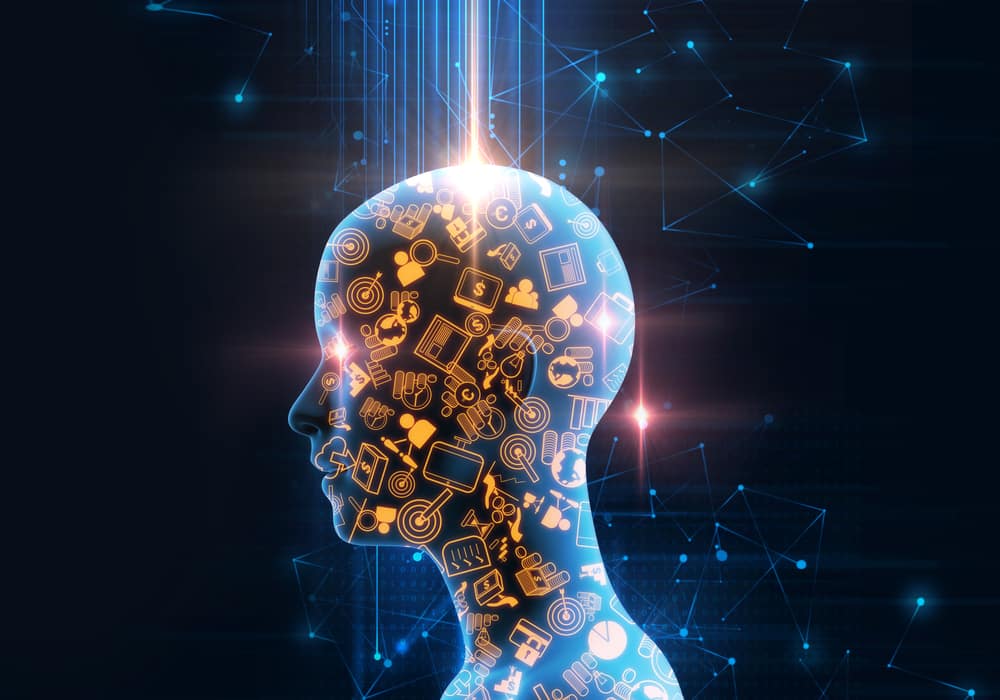Azure Fundamentals: Offer customers in over 100 languages - Course Monster Blog

Microsoft announced today the addition of 12 new languages and dialects to Translator, enhancing the capabilities of fundamentals of azure. With these upgrades, the service can now translate between more than 100 languages and dialects, making text and document information available to 5.66 billion people globally.
“One hundred languages is a good milestone for us to realize the goal of allowing everyone to interact regardless of language,” said Xuedong Huang, Microsoft technical fellow and Azure AI chief technology officer.
Today, translators cover the most commonly spoken languages in the world, including English, Chinese, Hindi, Arabic, and Spanish. Advances in AI technology have enabled the business to expand its language library with low-resource and endangered languages, such as Inuktitut, a dialect of Inuktut spoken by around 40,000 Inuit in Canada.
Bashkir, Dhivehi, Georgian, Kyrgyz, Macedonian, Mongolian (Cyrillic), Mongolian (Traditional), Tatar, Tibetan, Turkmen, Uyghur, and Uzbek (Latin) are the new languages and dialects that have taken Translator beyond the 100-language mark.
Want to know more about Azure? Visit our course now.
Fundamentals of Azure: Removing language barrier
Thousands of organizations throughout the world have used Translator, including the fundamentals of Azure, to connect with their members, workers, and clients. For example, the Volkswagen Group uses machine translation technology to service its users in over 60 languages. Each year, the effort includes translating more than 1 billion words. The firm began with conventional Translator models and is now fine-tuning these models with industry-specific terminology utilizing the Translator’s custom feature.
According to Huang, the ability for enterprises to fine-tune pre-trained AI models to their unique needs was central to Microsoft’s ambition when it released Azure Cognitive Services in 2015.
Azure Cognitive Services, in addition to language, contain AI models for voice, vision, and decision-making activities. These models enable enterprises to use capabilities such as Optical Character Recognition, a Computer Vision technology (OCR). This service retrieves text input on a form in any of the Translator’s more than 100 languages and utilizes it to create a database.
“We celebrate not only what we have accomplished in translation – reaching 100 languages – but also in voice and OCR,” Huang remarked. “We aim to break through language boundaries.”
Multilingual model
According to Huang, the cutting edge of machine translation technology at Microsoft is a multilingual AI model dubbed Z-code. The model blends various languages from the same linguistic family, such as Hindi, Marathi, and Gujarati from India. As a result, the different language models learn from one another, reducing the amount of data required to create high-quality translations. For example, when the translation model is trained with related French, Portuguese, Spanish, and Italian data, the quality of translations to and from Romanian improves.
“We can exploit the shared transfer learning potential and apply it to develop the whole language family,” Huang added.
The lowered data requirements also allow the Translator team to create models for languages with limited resources or that are endangered owing to declining native speaker numbers. Several of the languages supported by translators have limited resources or are endangered.
Huang stated that Z-code is part of a bigger effort to merge AI models for text, vision, audio, and language in order to create AI systems that can talk, see, hear, and comprehend, and hence complement human skills more effectively. The continuous release of additional languages produced using multilingual model training technology, he claims, is proof of this so-called XYZ-code vision coming into focus.
“It’s bringing people together,” Huang added. “Because of our XYZ-code vision, this capacity is now in production.”
Here at CourseMonster, we know how hard it may be to find the right time and funds for training. We provide effective training programs that enable you to select the training option that best meets the demands of your company.
For more information, please get in touch with one of our course advisers today or contact us at training@coursemonster.com




Comments ()